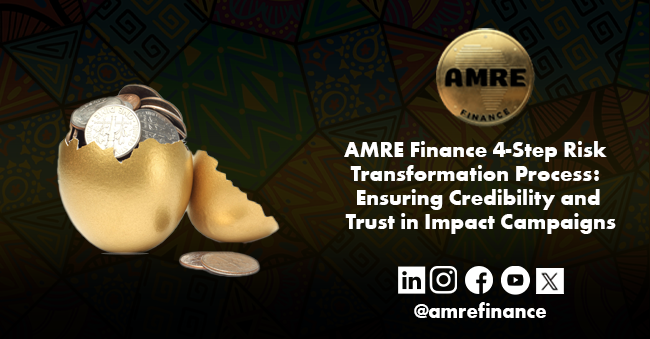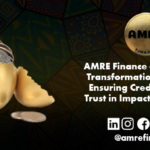In 2024 alone, crowdfunding fraud led to $96 million in reported losses, highlighting the need for careful evaluation before investing.
A notable case involved a tech startup that raised millions for a revolutionary gadget only for backers to realize the product never existed. Such scams emphasize the importance of verifying crowdfunding platforms before committing funds.
Understanding Crowdfunding
Crowdfunding encompasses various models, each catering to different needs and offering distinct benefits and risks:
- Donation-Based Crowdfunding: Contributors donate without expecting any return, often supporting charitable causes or community projects.
- Reward-Based Crowdfunding: Backers receive a tangible item or service in return for their support, common in creative projects like new gadgets or art.
- Equity-Based Crowdfunding: Investors receive a stake in the company or project, sharing in potential profits and losses.
- Debt-Based Crowdfunding (Peer-to-Peer Lending): Individuals lend money with the expectation of being repaid with interest.
Each model carries inherent risks. For instance, reward-based campaigns might fail to deliver promised products, while equity-based investments can result in financial loss if the venture doesn’t succeed.
The Surge in Crowdfunding Scams
The allure of easy money has attracted fraudsters to the crowdfunding space. In 2024 alone, the FBI’s Internet Crime Complaint Center (IC3) received over 4,500 complaints related to fraudulent crowdfunding campaigns, amounting to approximately $96 million in losses
. Notable scams have included fake charitable organizations exploiting disaster events and tech projects that never materialized, leaving backers empty-handed.
Common Characteristics of Fraudulent Platforms
Recognizing the signs of a fraudulent crowdfunding platform can save potential backers from significant losses:
- Lack of Transparency: Genuine platforms provide clear information about their operations, fees, and project vetting processes. Scammers often obscure these details.
- Unrealistic Promises: Be wary of platforms or projects that guarantee high returns with minimal risk or effort.
- Absence of Verifiable Information: Legitimate platforms have traceable histories, including registered business addresses and identifiable team members.
- Poor Online Presence: A lack of credible online reviews, media coverage, or social media activity can indicate a dubious platform.
Red Flags to Watch Out For
Potential investors should be cautious of:
- Unsecured Websites: Platforms without HTTPS encryption may not be safe.
- Pressure Tactics: Scammers often create a false sense of urgency to rush decisions.
- Lack of Clear Contact Information: Authentic platforms provide multiple channels for customer support.
- Negative Reviews and Complaints: Consistent reports of issues or unresolved complaints are warning signs.
How to Verify a Crowdfunding Platform’s Legitimacy
Steps to Assess Credibility
- Check Regulatory Compliance: Ensure the platform follows crowdfunding laws in its operating country.
- Review Platform Reputation: Research past performance, complaints, and controversies.
- Analyze Terms & Conditions: Read policies to understand user rights and obligations.
Technological Tools for Verification
- AI and Machine Learning: Some platforms use AI to detect fraudulent patterns.
- Browser Security Extensions: Tools like HTTPS Everywhere help identify unsecured websites.
The Role of Regulatory Bodies
Global regulatory frameworks aim to protect investors and maintain market integrity. For example, in the UK, Ofcom has introduced rules requiring social media platforms to implement safety measures against fraudulent activities
. Such regulations compel platforms to establish channels for reporting scams and impose penalties for non-compliance.
Due Diligence Steps for Users Before Committing Funds:
- Research Platform Credentials: Ensure the platform is registered and complies with relevant laws.
- Verify Project Authenticity: Cross-check project details, such as business registrations and team credentials.
- Consult Third-Party Reviews: Seek opinions from independent sources and previous backers.
Technological Tools for Verification
Advancements in technology offer tools to assist in identifying scams:
- AI and Machine Learning: Some platforms employ AI to detect fraudulent patterns.
- Browser Extensions: Tools like HTTPS Everywhere can alert users to unsecured websites.
Case Study: AMRE Finance – A Legitimate Crowdfunding Platform
AMRE Finance, based in Kigali, Rwanda, is a prime example of a legitimate crowdfunding platform. It ensures transparency, regulatory compliance, and a strong community engagement approach. The platform offers multiple contact channels and a thorough risk assessment process to protect backers.
AMRE Finance’s 4-Step Verification Process
AMRE Finance actively combats crowdfunding fraud through its 4-step risk transformation process:
- Project Screening: Detailed background checks on project owners.
- Community Vetting: Engagement with trusted networks for additional verification.
- Milestone-Based Funding: Releasing funds in stages to ensure project progress.
- Ongoing Monitoring: Continuous oversight to prevent misuse of funds.
What to Do If You Fall Victim to a Scam
If you suspect fraud, report it to trusted authorities:
As crowdfunding grows, so do scams. Backers must conduct thorough research, verify platform legitimacy, and stay informed. Platforms like AMRE Finance set industry standards for security and transparency, helping users fund projects with confidence.
By applying due diligence and leveraging technology, investors can safely navigate the evolving crowdfunding landscape in 2025.




